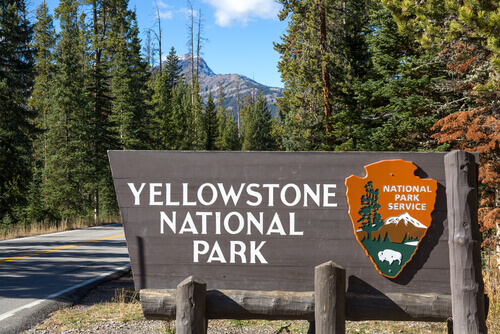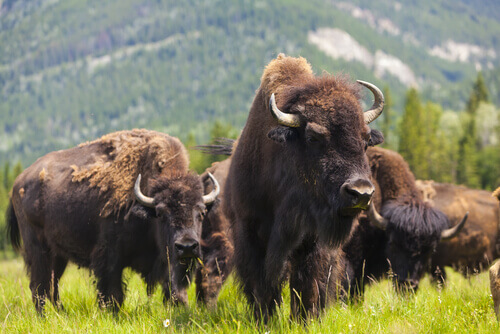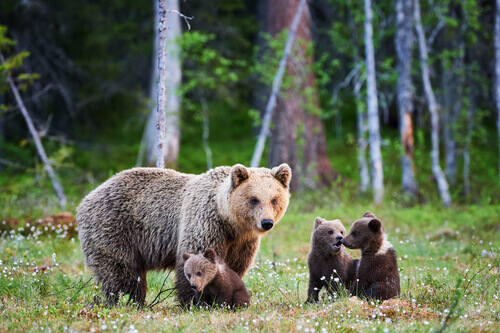Yellowstone: the World's First National Park

Across the globe there are thousands of protected areas and nature reserves, but the first was Yellowstone National Park, created in 1872 in the U.S. Learn about its history and diversity in this article!
History of Yellowstone National Park
In March 1872, the then President of the United States, Ulysses Grant, passed a law that created Yellowstone National Park. It was the first of its kind in the world.
However, this area had been home to native people for more than 10,000 years. They lived around the yellow rocks—hence the name Yellowstone—and the river that runs through the region, in harmony with the groups of bison that grazed peacefully near the hot springs.

The first expeditions to the area by white men took place in 1806. Half a century later, after many more visits, experts made reports about several of the geothermal phenomena in the area. After several investigations, the governor proposed turning the extensive territory into a protected national park, to guard its history and wealth of natural resources.
The proposal went to the Senate, including a project to prohibit commercial exploitation, and Yellowstone National Park was created. Different bodies were responsible for guarding the park. Later, this task was entrusted to the army and the National Park Service, founded at the beginning of the 20th century.
They built various structures to enable access to the park, such as a road and internal trails. By the middle of the 20th century, the park was so busy with tourists that they had to modernize the facilities and increase security measures to deal with the frequent fires.
Geography of Yellowstone National Park
The park covers a total area of almost 3,500 square miles. Most of it is located in Wyoming, with smaller areas in Montana and Idaho. It’s located on a plateau with an average altitude of 7,800 feet and has two canyons carved by watercourses. The Yellowstone and Snake rivers originate in the park, and waterfalls almost sixteen feet high can be seen throughout the park all year round.
Winter here is cold, with temperatures ranging from -4 to 23°F and frequent snowfalls; summer is warm, with highs of 86°F and afternoon thunderstorms. Undoubtedly one of the most fascinating natural spectacles of Yellowstone National Park is its geothermal activity; it has about 200 geysers (including the famous Old Faithful, which spouts water up to 130 feet high) and 10,000 hot springs.

Wildlife in the park
Eighty percent of the reserve is forest; the rest is wetlands and grasslands. The lakes, rivers, and ponds are home to, and a source of life for, many animals; these include the grizzly bear, bald eagle, black bear, wapiti, mouflon, cougar, deer, lynx, bison, and the sandhill crane.
In total, the park is home to more than 300 bird species, almost 20 fish species, seven ungulates, 50 mammals, and several reptiles and amphibians.
In addition, park authorities reintroduced the gray wolf into Yellowstone Park to balance the ecosystem and the ungulate population. It had disappeared due to hunting (which has been banned since 1935). The only remaining predator was the coyote, and, today, wolf packs can be seen throughout the territory.
As for flora, Yellowstone has more than 1,700 endemic species of trees and plants, as well as introduced vegetation. The most common trees are elms and willows, along with pines, firs, and other conifers.